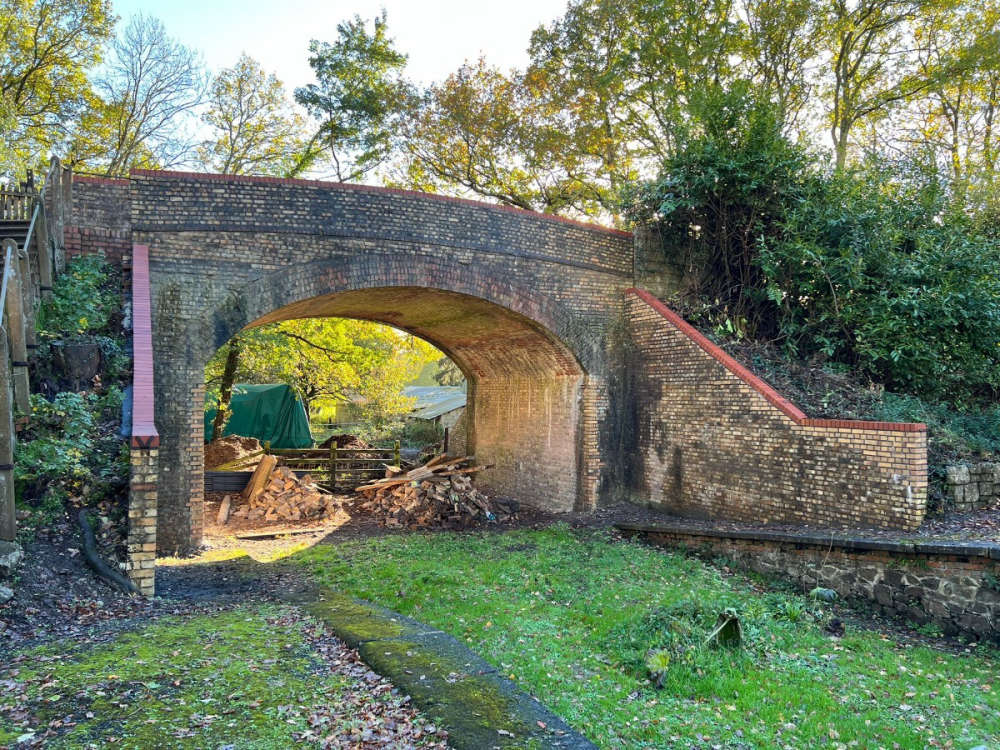
Following the yellow bridge road
A distinctive Victorian road bridge has been given a major facelift after National Highways tracked down the unusual yellow bricks it was built with.
Built around 1882, Christow Station railway bridge near Exeter is part of the nation’s Historical Railways Estate (HRE). The bridge was part of the Teign Valley branch railway that was built in two halves by two companies, with 21 years separating the completion of the first half from the second.
The line from Heathfield, situated on the Moretonhampstead Branch, to Teign House Siding was built by the Teign Valley Railway and opened in 1882. It followed the river valley for most of its length. The section from Christow to a junction with the Great Western main line near St.Thomas in Exeter was completed by the Exeter Railway in 1903.
Flooding caused the line to be closed entirely between Christow and Exeter in 1961, following which the gradual withdrawal of freight saw the line finally close in 1967.
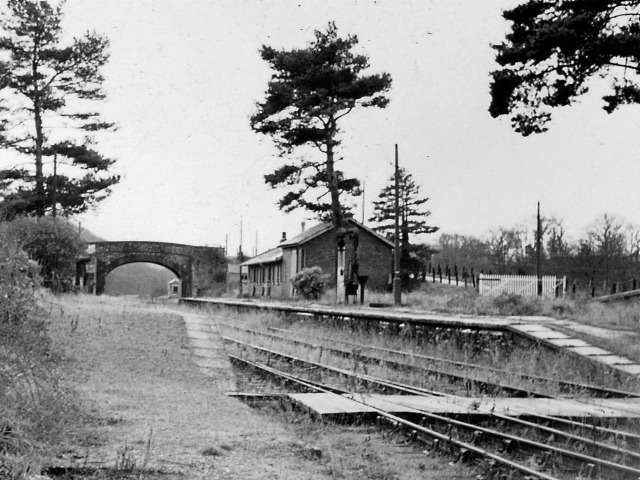
The line at Christow closed in 1967 (image courtesy: Richard Green/Creative Commons)
To the untrained eye the bridge, which carries a county lane off the B3193, looks very ordinary but its unusual yellow glazed bricks feature on only a handful of structures in the estate and the seven week programme of renovations could not begin until a supply of them was found.
Matthew Irwin, National Highways HRE civil engineer, said: “Our structures are inspected yearly by a team of skilled engineers, and this allows us to plan work well in advance and ensure that the most critical tasks are prioritised.”
The scheme involved extensive brickwork and re-pointing repairs Most HRE brick bridges are constructed in a traditional red or blue brick but the yellow brick used for Christow Station railway Bridge gives it a distinctive look.
John Martin, Framework manager for HRE contractors Hammond said: “It always gives me great pleasure when we get a good match and maintenance work can be carried out while keeping to the original Victorian design.
“Sometimes we have to track down bricks in reclamation yards, other times find specialist supplies, we’ve even arranged for individual bricks to be cut down to size and commissioned our own batches to ensure they are the correct colour.
“For this project we needed 1,500 of the more common red bricks but also 1,400 of the rarer Victorian yellow bricks. They were supplied by specialist brick manufacturers Furness Brick and Tile Company Ltd and needed to go through a process to make them look weathered to ensure they match the original bricks.”
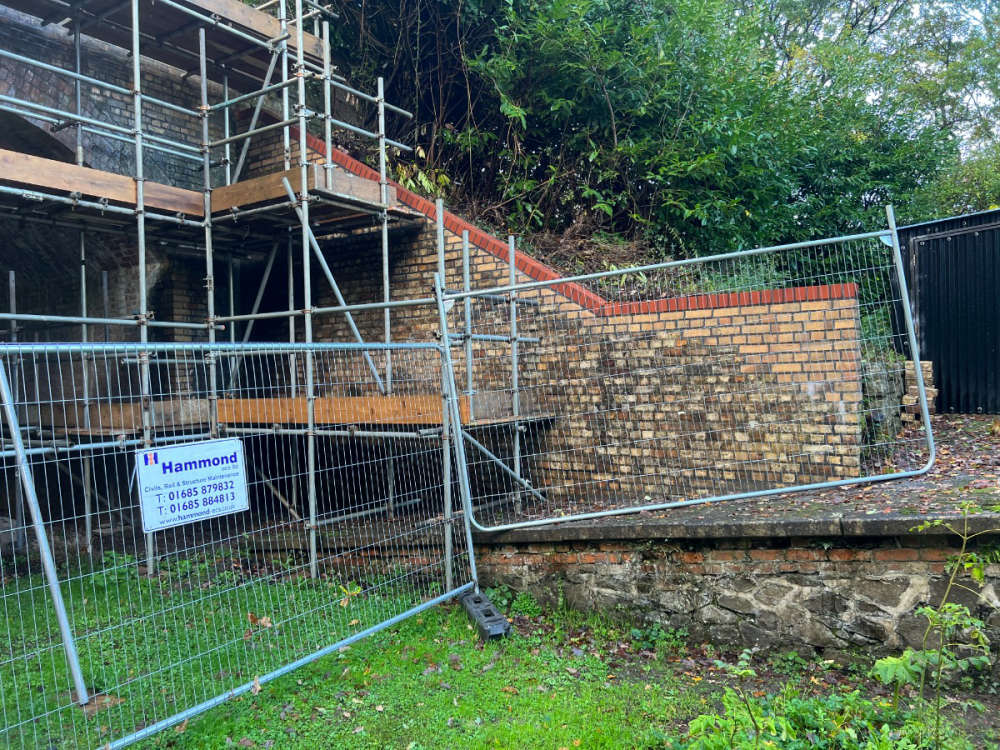
Bricking it: extensive repairs were needed on the bridge (image courtesy: National Highways)
The bricks are shaped using shale mixed with various chemicals and powders and fired at 1005C in a traditional kiln, which give the bricks their traditional look.
Furness Brick area manager Stephen Blagbrough said:“These are a traditional pressed imperial brick, manufactured from specialist fire clay to recreate a weathered appearance to match and blend with the original brickwork.
“Given that we still manufacturer bricks as they did back in the 1800’s we often get involved in these type of restoration projects.”
National Highways is funded to maintain safety on HRE structures. It works closely with a wide variety of organisations to enable them to take on structures or lease them to support their repurpose for walking and cycling routes and other active travel purposes.
 Man indecently exposes himself to woman at bus stop
Man indecently exposes himself to woman at bus stop
 Man's jaw corrected after Plymouth punch up
Man's jaw corrected after Plymouth punch up
 Devon MP’s victory over ‘unfair’ GP funding
Devon MP’s victory over ‘unfair’ GP funding
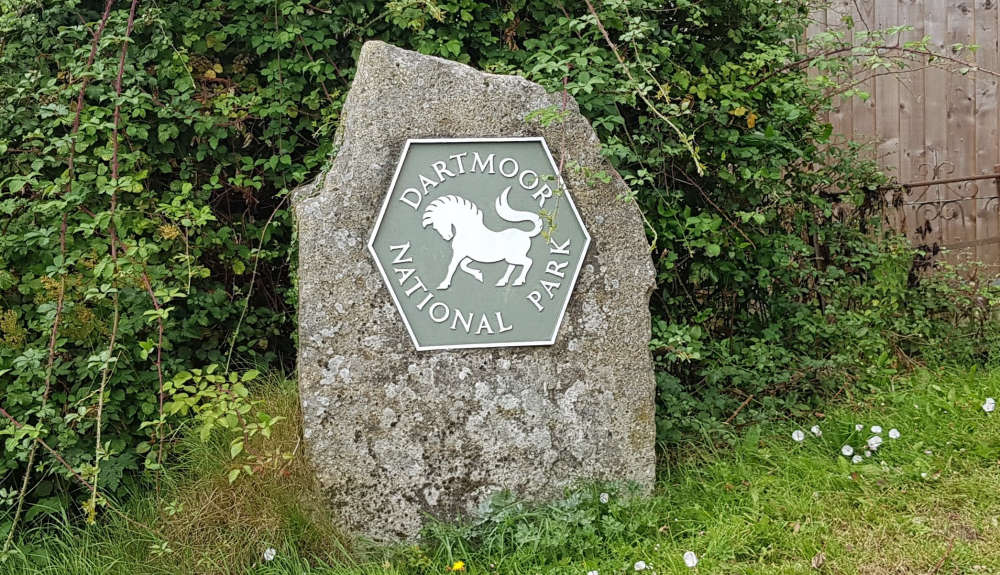 Public donations to boost Dartmoor's accessibility
Public donations to boost Dartmoor's accessibility
 Theatre launches Crowdfunder to support talent
Theatre launches Crowdfunder to support talent
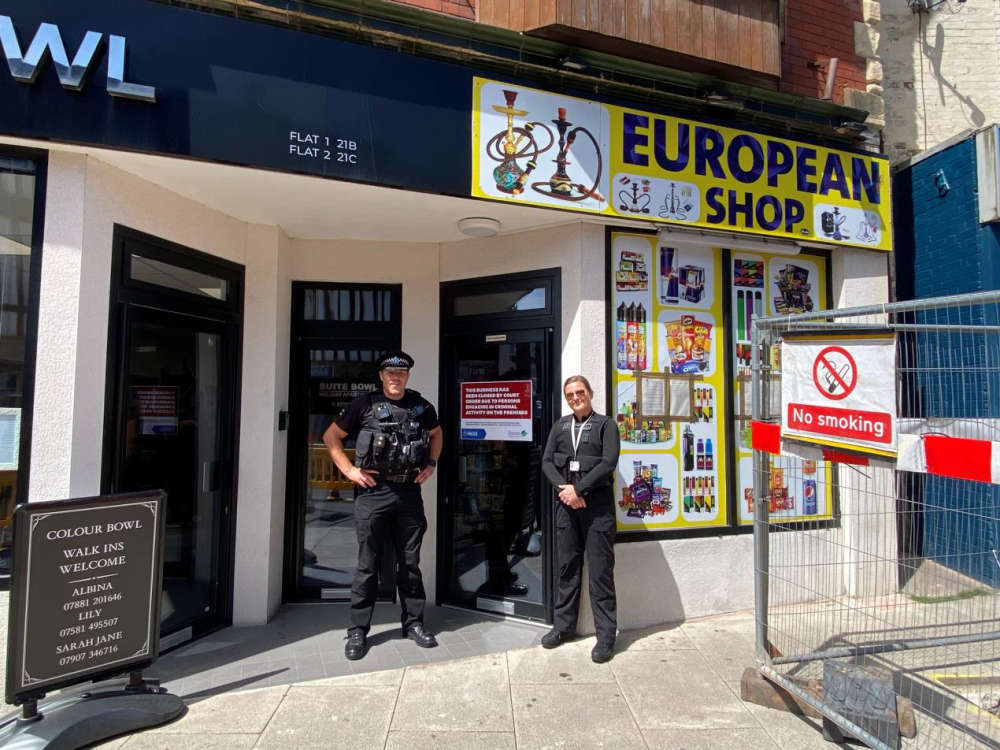 Exmouth shops forced to close after tobacco raids
Exmouth shops forced to close after tobacco raids
